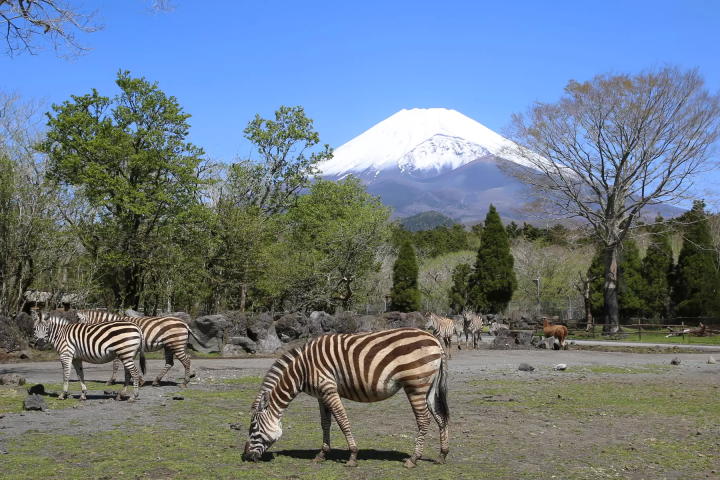Momijigari - Admiring Autumn Leaves In Japan

Fall in Japan is when the country gets dyed in gorgeous red, orange, and yellow hues. Momijigari, or admiring the autumn leaves, is a custom that has been practiced for centuries. Read to learn what makes this season so lovely, and great spots for taking in the spectacular nature.
Momijigari - See the Fall Leaves in Japan

Photo by Pixta
One of the best aspects of travel in Japan is enjoying the natural beauty of the four seasons. Autumn is known for its especially nice weather, and is a season when one can taste many delicious foods, making it a great time for sightseeing.
The greatest appeal is the red and yellow autumn leaves of the broadleaf trees. Today we'll be explaining a Japanese custom called "momijigari", which literally means "autumn leaf hunting". The word refers to the occasion when people walk around to admire the beautiful autumn leaves.
The Origins of Momijigari
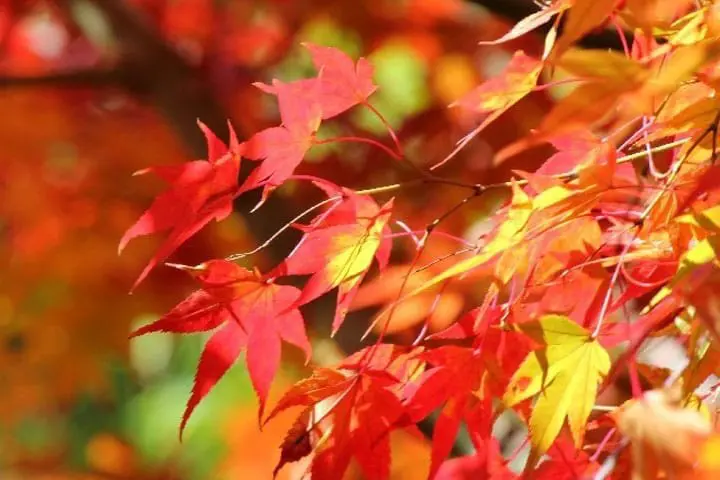
The "gari (kari)" of "momijigari" means "hunting". Why does Japan call the act of admiring the autumn leaves "hunting"?
Originally, "kari" refers to the act of capturing wild beasts, but it came to be used as a word for catching smaller animals and wild birds, and even harvesting plants. There are also Japanese words like "kudamono gari" (fruit hunting) and "shiohigari" (clam hunting).
Over time the word became used for admiring plants, thus the name "momijigari". It is said that nobles who didn't actually hunt went out into the hills and fields to "hunt" for plants.
The Science Behind Autumn Leaves
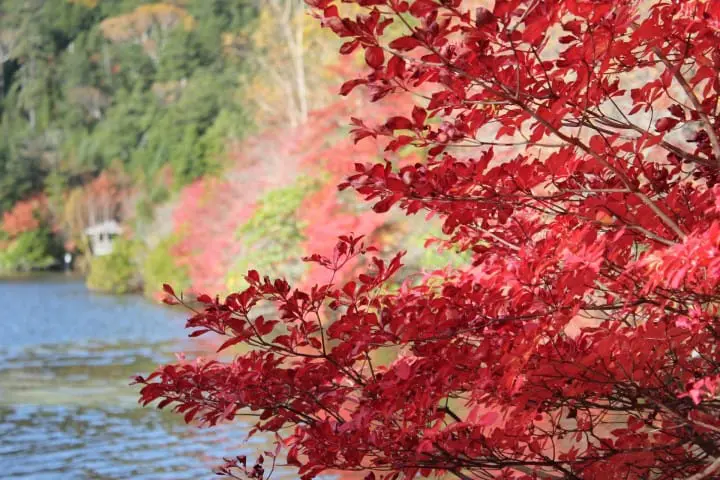
There are trees with leaves that change colors in the fall and others that don't. The colors of the leaves also vary from yellow to red and orange. The trees that have leaves that change color are called deciduous trees, and lose their leaves in the winter. Examples of deciduous trees are the maple, Japanese beech (buna), and ginkgo (maidenhair tree). Evergreen trees like the cedar and pine tree don't lose their leaves and have the same color throughout the year.
Trees that lose leaves start getting ready to pass the winter by stopping the water supply to their leaves in the fall. The green pigment in leaves are destroyed and the red and yellow colors that were hard to see until then become more visible. The changing of color seems to begin when the morning temperature reaches about 6 to 7 degrees Celsius.
Famous Autumn Leaf Spots In Japan
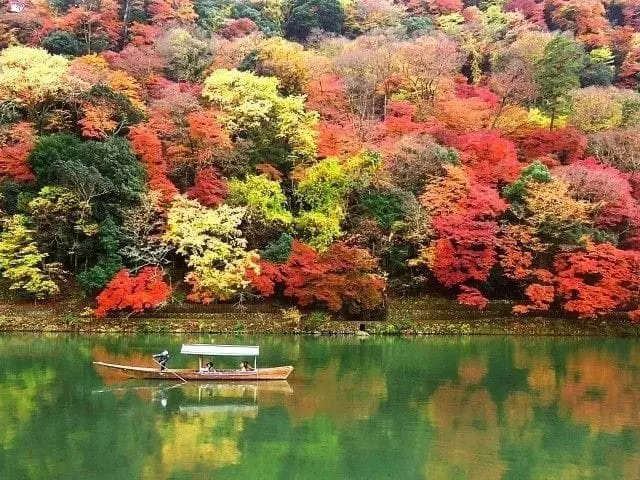
About 70% of Japan is covered in forests, and various deciduous trees can be found around the country. The difference in temperature in the fall is also very large, creating a perfect environment for beautiful autumn leaves.
There are many famous spots for viewing these autumn leaves throughout Japan. Okutama and Meijijingu Gaien are famous spots in the Tokyo area. In Kyoto, Arashiyama and Tofukuji Temple are highly popular. At Arashiyama, you can enjoy a magnificent view of the autumn leaves at Hozukyo Gorge from a trolley train.
If you're visiting Japan mid November to early December, we highly recommend you go admire the autumn leaves. We guarantee that "hunting" for these beautiful views will become a great memory of your trip.
Main image by Pixta
Japanese-English Translator from OC California.



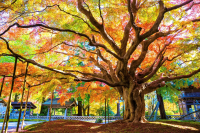
































![[Reopening in March 2026] Ikoma Sanjo Amusement Park Park, 45 minutes from Osaka , with free admission](https://resources.matcha-jp.com/resize/720x2000/2024/08/28-194409.webp)
![[Gunma] 5 recommended gourmet foods at Kawaba Denen Plaza Roadside Station!](https://resources.matcha-jp.com/resize/720x2000/2025/02/26-225970.webp)
![[Kanazawa] Enjoy the world of gold leaf to the fullest in the city with the highest production volume in Japan](https://resources.matcha-jp.com/resize/720x2000/2025/11/12-249564.webp)
![[2026] Family Winter Trip to Suzuka Circuit! – For Both Day trips and Overnight Stays!](https://resources.matcha-jp.com/resize/720x2000/2025/12/26-254097.webp)
